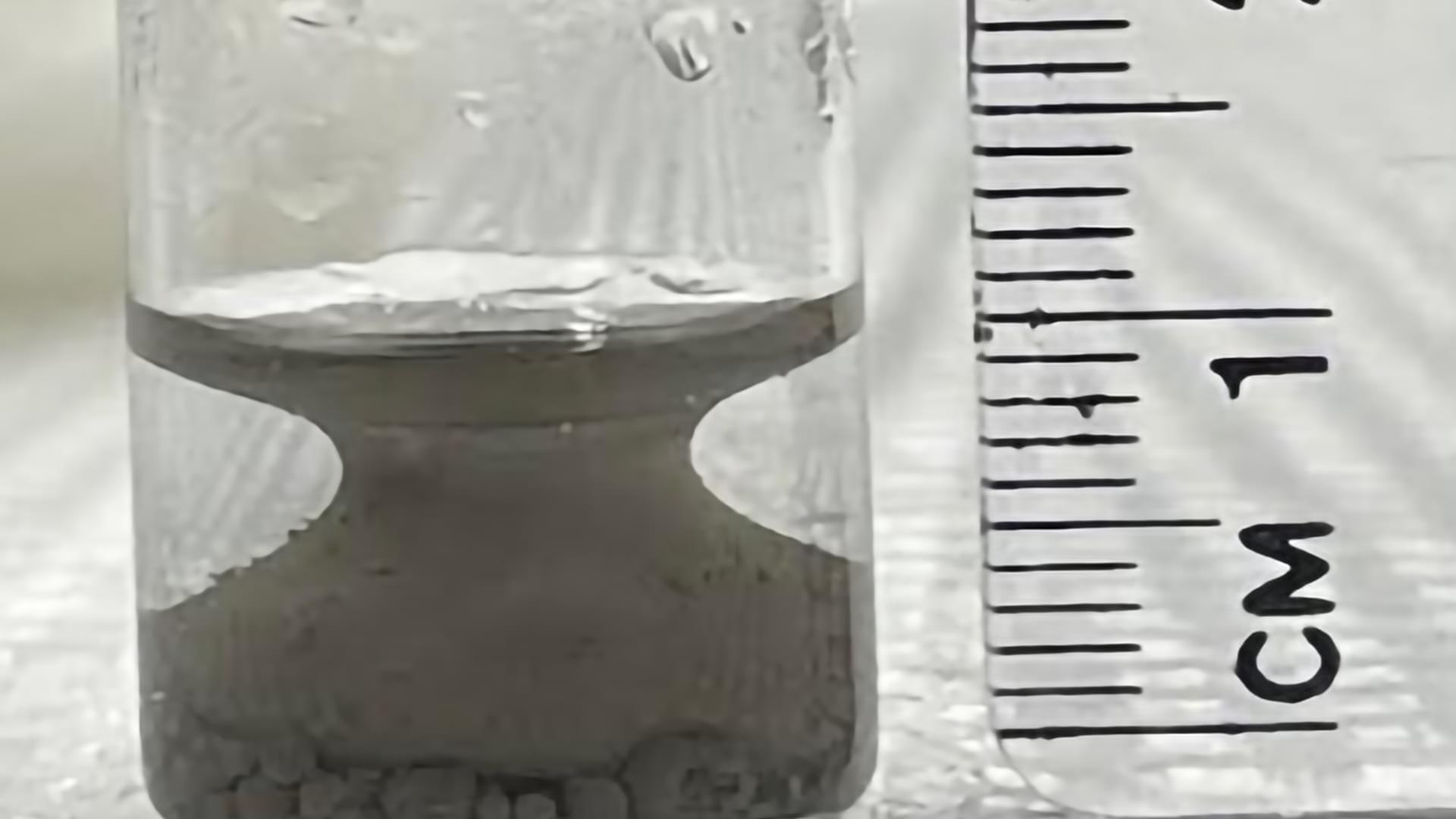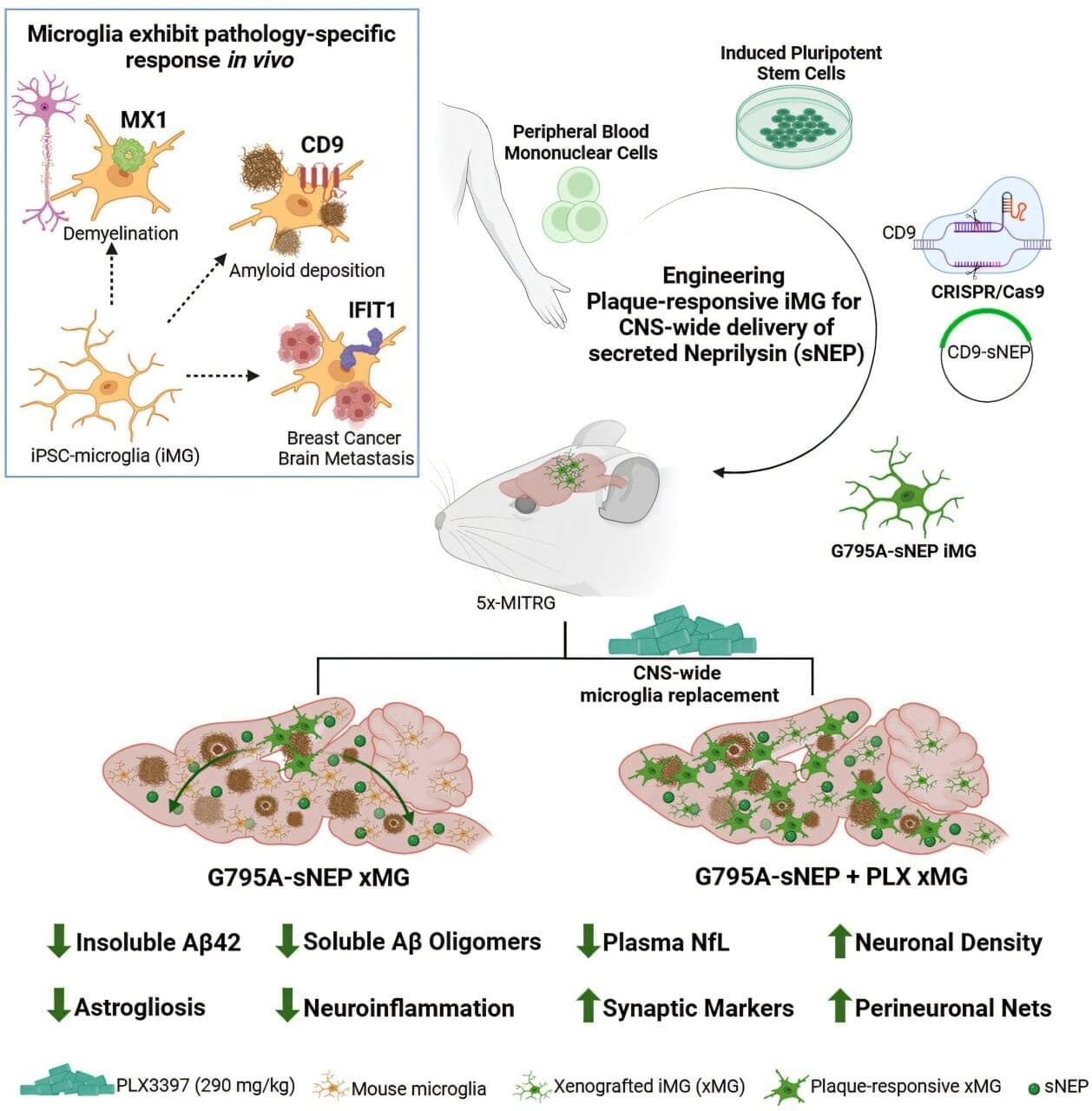Astronomers have recently identified a colossal black hole lurking in the shadows of our cosmic neighborhood. This celestial giant, estimated to be 600,000 times more massive than our Sun, resides in the Magellanic Clouds and is gradually approaching the Milky Way. The discovery has sparked significant interest among scientists who are now contemplating the potential consequences of an eventual collision between our galaxy and this massive cosmic entity.
A team of researchers from the Harvard & Smithsonian Center for Astrophysics has detected compelling evidence of a supermassive black hole within the Magellanic Clouds. These findings, published in The Astrophysical Journal on April 7, 2025, reveal a cosmic giant that dwarfs our Sun by a factor of 600,000 in terms of mass. The black hole’s enormous gravitational influence has long remained hidden from direct observation.
The Magellanic Clouds consist of two satellite galaxies orbiting our Milky Way at a distance of approximately 160,000 light-years. Their gradual approach toward our galaxy suggests an eventual merger that could dramatically reshape our cosmic neighborhood. Scientists are particularly concerned about the fate of this newly discovered black hole during such a collision event.








